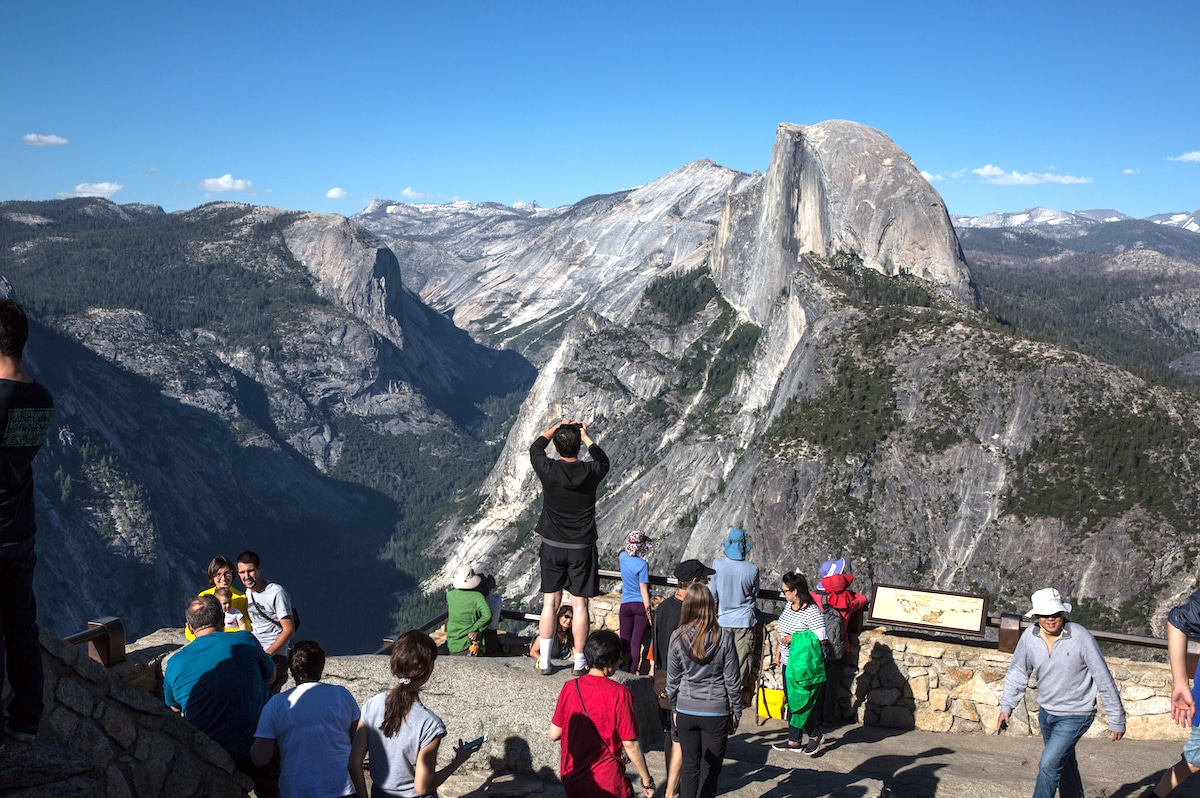Products You May Like
Since the National Park Service began recording visitorship in 1904, an estimated 15.7 billion visitors have come to enjoy America’s beautiful national parks. These cultural, historical and natural landmarks are popular vacation destinations for many, but their popularity is concentrated in a few key areas — half of all visitors have gone to the same 25 units within the national park system.
In recent years, many national parks have faced issues of overcrowding and long wait times, leading to the implementation of new permit systems in 2020. In 2021, popular sites including Yosemite, Zion, Acadia and Rocky Mountain began requiring permits to enter during peak season, and even more parks followed suit in 2022. Some will be retaining this system in 2023. Reservations can be made at Recreation.gov (and they go quickly, so be sure to set up your account and have your desired dates picked in advance of the registration time). Many national parks with permitting systems won’t require prior registration to visit the park at large — just some of the most popular destinations within it.
Here’s all you need to know about booking your visit to these nine spectacular national parks.
Acadia National Park (Cadillac Summit Road)

The only national park in the Northeast, Acadia covers 47,000 acres along the Atlantic coast. It’s one of the top 10 most popular national parks in the U.S., with 60% more visitors in the past decade. Visitors can enter the park itself without a reservation, but will need permits to drive up Cadillac Summit Road. Cadillac Mountain — the highest point on the East Coast — is a very popular place to watch the beautiful coastal sunrise, and is only accessible via the three-mile road. Reservations are required from May 24 to October 22 and cost $6. For visits between May 24 and June 30, all permits are released at 10 a.m. ET two days prior (due to the repaving schedule of the road). For the rest of the season, 30% of permits open up 90 days before the arrival date starting February 23, and the other other 70% open at 10 a.m. ET two days before the arrival date. Sunrise reservations give you a 90-minute window to enter, and daytime reservations a 30-minute window.
Arches National Park
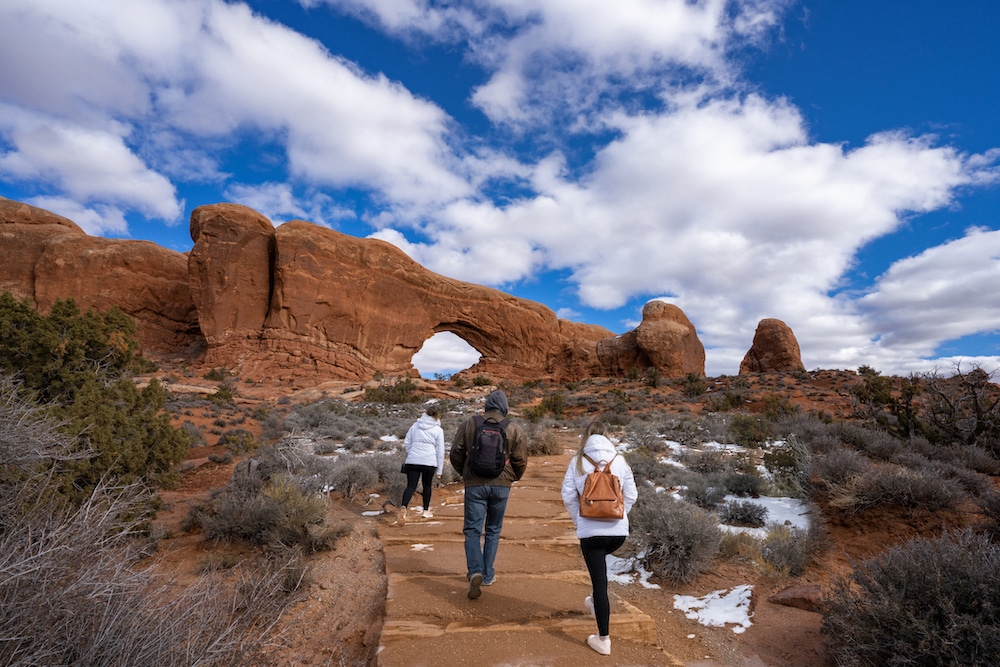
The desert landscape of Arches National Park in Moab, Utah features more than 2,000 sandstone arches and other stunning geological formations. Arches has experienced an influx of visitors in recent years, resulting in crowded trails and longer wait times at entrances. Between 2011 and 2021, visitation grew 73%, and it was not uncommon for the park to close to visitors by 8 a.m.
From April through October, visitors will need to have a timed ticket to visit the park between 7 a.m. and 4 p.m. Tickets can be reserved on the first day of the month that is three months prior to the month of visitation at 8 a.m MT. Registration opens on the following dates:
- April reservations: January 10
- May reservations: February 1
- June reservations: March 1
- July reservations: April 1
- August reservations: May 1
- September reservations: June 1
- October reservations: July 1
If you miss your chance, a small amount of tickets will be made available at 6 p.m. each day for the following day. Reservations cost $2, plus the cost of entering the park. Separate permits are needed to canyoneer anywhere inside the park, although these aren’t limited (except for Fiery Furnace).
Glacier National Park
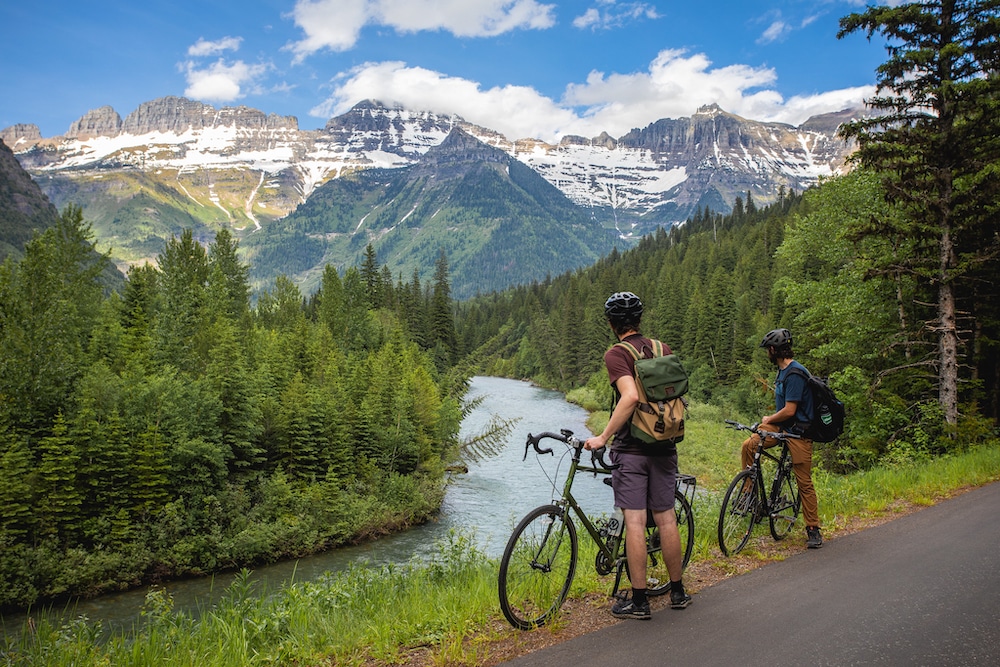
With its 700 miles of hiking trails and breathtaking mountain views, Glacier National Park in Montana is a highly trafficked national park. Given its popularity, the following locations within the park will continue to require permits from 6 a.m. to 3 p.m. between specific dates:
- Going-to-the-Sun Road Corridor (the 50-mile road that goes through the park)
- From West Glacier to Camas: May 26 to Sept. 10
- From St. Mary at Rising Sun Check Point: July 1 to Sept. 10
- North Fork: May 26 to Sept. 10
- Many Glacier: July 1 to Sept. 10
- Two Medicine: July 1 to Sept. 10
Permits to enter Going-to-the-Sun Road Corridor are valid for three days, while permits for the other locations are valid for one day.
The park is releasing permits in batches at 8 a.m Mountain Time on the following days:
- February 1 for May 26 to June 30
- March 1 for July
- April 1 for August
- May 1 for Sept. 1-10
Every day, they will also release a small number of permits for visitation the following day. All permits cost $2 to reserve, and visitors must also pay the park entry fee or show a yearly park pass.
Great Smoky Mountains National Park
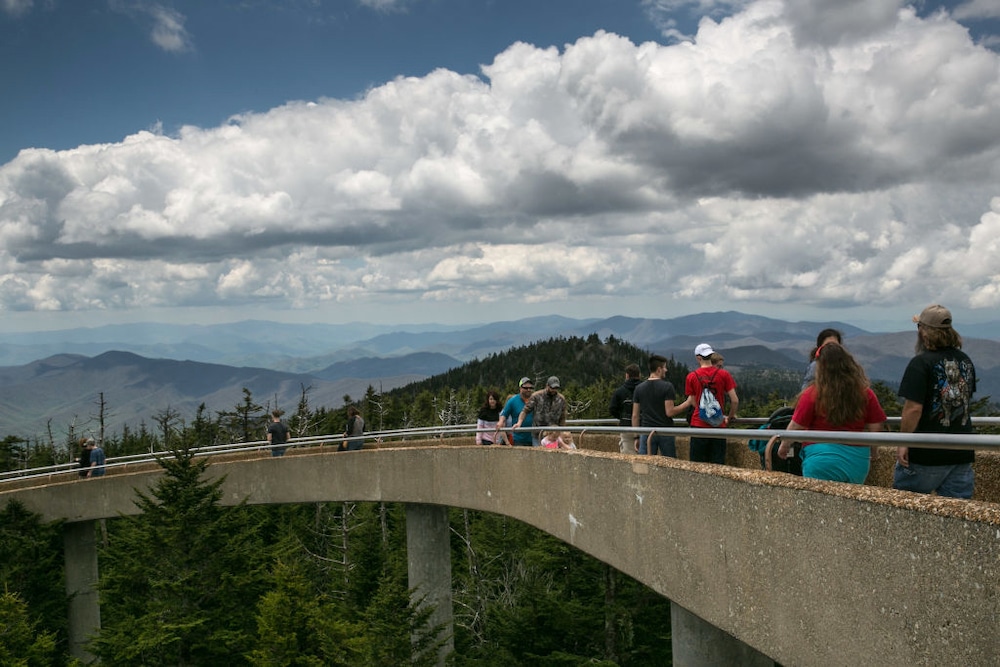
The forest ridges straddling the border between North Carolina and Tennessee make up the Great Smoky Mountains, America’s most-visited national park. For the first time, the park — which has always been free — began charging a parking fee on March 1 this year: $5 for the day, $15 for the week, $40 for the year. The park itself does not require a timed reservation, and parking permits can be purchased online prior to visiting or on site upon arrival.
Haleakalā National Park

Haleakalā National Park is home to the highest summit in Maui: a 10,023-foot volcano from which visitors can enjoy a spectacular view of the sunrise. Haleakalā means “house of the sun,” and according to legend, the volcano is where the demigod Maui lassoed the sun and slowed its passage so people had more time to dry cloth and grow food. The park has required timed entry permits for years, given its popularity. Visitors will need to make a reservation to enter between 3 a.m. and 7 a.m., which are released 60 days in advance of the date and cost $1. You can try your luck at getting one of the few permits released two days beforehand, but obtaining one this way is pretty rare.
Rocky Mountain National Park

Colorado’s Rocky Mountain National Park has been requiring time-entry permits since 2020 and will continue this year, with some tweaks. Visitors must obtain a timed-entry permit for visits during the peak season from May 26 to October 22. Reservations release at 8 a.m. Mountain Time on the first day of the month prior to the month you plan to visit — so reservations for June, for example, will be released May 1. You’ll also be able to reserve any days in the current month that haven’t yet been filled. Visitors have two reservation options based on which area of the park they want to visit: either the Bear Lake Road Corridor from 5 a.m. to 6 p.m., or all other areas of the park from 9 a.m. to 2 p.m. (with a two-hour window around your reserved time). Permits are also needed for backcountry camping between May 1 and October 31, which opened on March 1. These reservations are slightly more expensive at $36.
Even if you don’t have a permit, you’ll still have the option to enter the park beyond these designated hours. 40% of all daily tickets will be released at 5 p.m. the day before visiting, too, if you miss your chance — a change from last year’s reservation system.
Shenandoah National Park

Last year, Shenandoah National Park began requiring reservations to hike Old Rag — the most popular destination in the park — between March and November, limiting visitation to 800 people per day. The park is extending the program through 2023 to continue collecting data on whether the limited entry has had a positive impact on crowding and congestion. 400 tickets per day will be available 30 days prior to the date of arrival, and the remaining 400 will be released five days in advance. There is a $1 registration fee in addition to the cost of entrance to the park.
Yosemite National Park, Half Dome

While Yosemite itself doesn’t require prior registration, you’ll need a permit if you plan to hike up Half Dome between Memorial Day and mid-October. The park will allow only 300 hikers per day in 2023: 225 day hikers, and 75 backpackers, who should apply for a Half Dome permit while applying for their wilderness permit.
The 225 day-hiking tickets will be made available during the pre-season lottery, open through the month of March. For $10, applicants can apply for permits for up to 6 people in a range of dates, and will hear back mid-April, at which time they must pay an additional $10 fee. Additional permits are made available each day based on the anticipated number of cancellations, but these lotteries only open two days prior to the hiking date.
Given the popularity of this destination, it’s difficult to secure a spot; check out this chart to see the popularity of certain days before making a decision about which time frame to apply for.
Zion National Park, Angels Landing
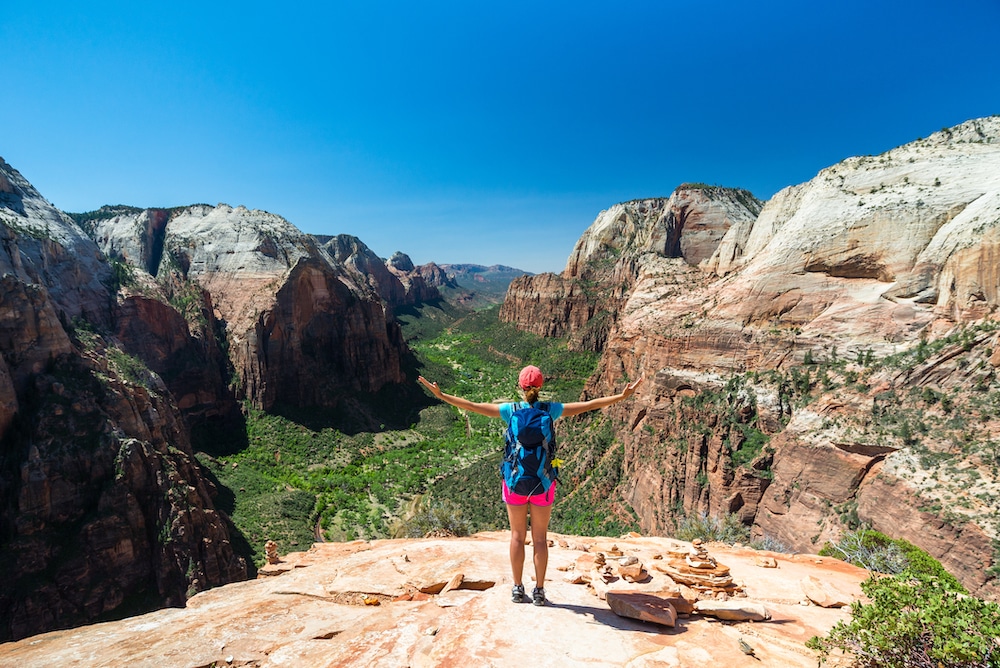
Like Yosemite, you won’t need a permit to visit the majority of this spectacular Utah park — aside from Angels Landing. This famous rock formation climbs 1,500 feet and features a narrow path lined with chains. Zion has implemented a lottery system for these permits. The first round of applications for visits between March 1 and May 31 opened on Jan. 20, and the results came out Jan. 25. If you missed this round, there are still three upcoming windows to apply for: April 1-20 for June through August visits, July 1-20 for September through November visits, and Oct. 1-20 for December through February 2024 visits. Results are issued five days after the final date of the lottery period.
When applying, you’ll be asked to give seven ranked days and times you’d like to hike. A permit costs $6 and covers up to 6 people, and if you get a permit, it’ll be an additional $3 per registered person. If you don’t get a permit, you can enter another lottery the day before you plan to visit; these open at 12:01 a.m. MT and close at 3 p.m., with results coming out at 4 p.m.
